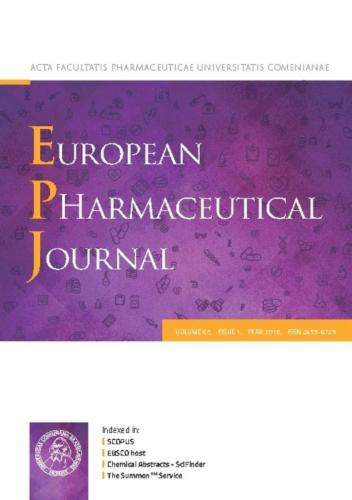Response to the commentary on “are all measures of liver Kpuu a function of FH, as determined following oral dosing, or have we made a critical error in defining hepatic drug clearance?”
IF 4.7
3区 医学
Q1 PHARMACOLOGY & PHARMACY
引用次数: 0
Abstract
Recently, Sugano commented on our above-titled publication stating that he was a reviewer for the paper. In the Acknowledgements, Sugano indicated that we “kindly suggested publishing the reviewer report as an article”. What we had actually written was: “prior to accepting the [unidentified] reviewer's approach, however, we believe he/she would have to publish a paper justifying the methodology and proposing how in vivo clinical data could be analyzed with such methodology”. We further explained the fallacy of the accepted mechanistic models of hepatic elimination in a subsequent manuscript titled “Pharmacokinetic theory must consider published experimental data”, published online a month after the Sugano commentary became available –not in time for the author to review the full explanation before his commentary was published. Our above-titled publication makes no assumptions or discussions regarding how Kpuu should be measured, the major topic of the Sugano paper. Here we detail why the commentary methodology is not relevant to our demonstration that the present mechanistic models of hepatic elimination all lead to the unlikely conclusion that Kpuu cannot exceed unity and is related to FH. We also detail why the Extended Clearance Model should not be used for in vitro-in vivo extrapolation.
对“是否所有肝脏Kpuu测量都是FH的功能,正如口服给药后确定的那样,还是我们在定义肝脏药物清除方面犯了严重错误?”
最近,菅野在我们的上述出版物上发表评论,称他是该论文的审稿人。在致谢中,Sugano指出我们“善意地建议将审稿人报告作为文章发表”。我们实际上写的是:“然而,在接受[身份不明的]审稿人的方法之前,我们认为他/她必须发表一篇论文来证明该方法的合理性,并提出如何使用该方法分析体内临床数据”。我们在随后的一篇题为“药代动力学理论必须考虑已发表的实验数据”的论文中进一步解释了公认的肝脏消除机制模型的谬误,该论文在Sugano评论发表一个月后发表在网上——作者来不及在他的评论发表之前审查完整的解释。我们上述标题的出版物没有假设或讨论如何衡量Kpuu,这是Sugano论文的主要主题。在这里,我们详细说明了为什么评论方法与我们的论证不相关,即目前的肝脏消除机制模型都导致了不太可能的结论,即Kpuu不能超过unity并且与FH有关。我们还详细说明了为什么扩展清除模型不应该用于体内外推断。
本文章由计算机程序翻译,如有差异,请以英文原文为准。
求助全文
约1分钟内获得全文
求助全文
来源期刊
CiteScore
9.60
自引率
2.20%
发文量
248
审稿时长
50 days
期刊介绍:
The journal publishes research articles, review articles and scientific commentaries on all aspects of the pharmaceutical sciences with emphasis on conceptual novelty and scientific quality. The Editors welcome articles in this multidisciplinary field, with a focus on topics relevant for drug discovery and development.
More specifically, the Journal publishes reports on medicinal chemistry, pharmacology, drug absorption and metabolism, pharmacokinetics and pharmacodynamics, pharmaceutical and biomedical analysis, drug delivery (including gene delivery), drug targeting, pharmaceutical technology, pharmaceutical biotechnology and clinical drug evaluation. The journal will typically not give priority to manuscripts focusing primarily on organic synthesis, natural products, adaptation of analytical approaches, or discussions pertaining to drug policy making.
Scientific commentaries and review articles are generally by invitation only or by consent of the Editors. Proceedings of scientific meetings may be published as special issues or supplements to the Journal.

 求助内容:
求助内容: 应助结果提醒方式:
应助结果提醒方式:


